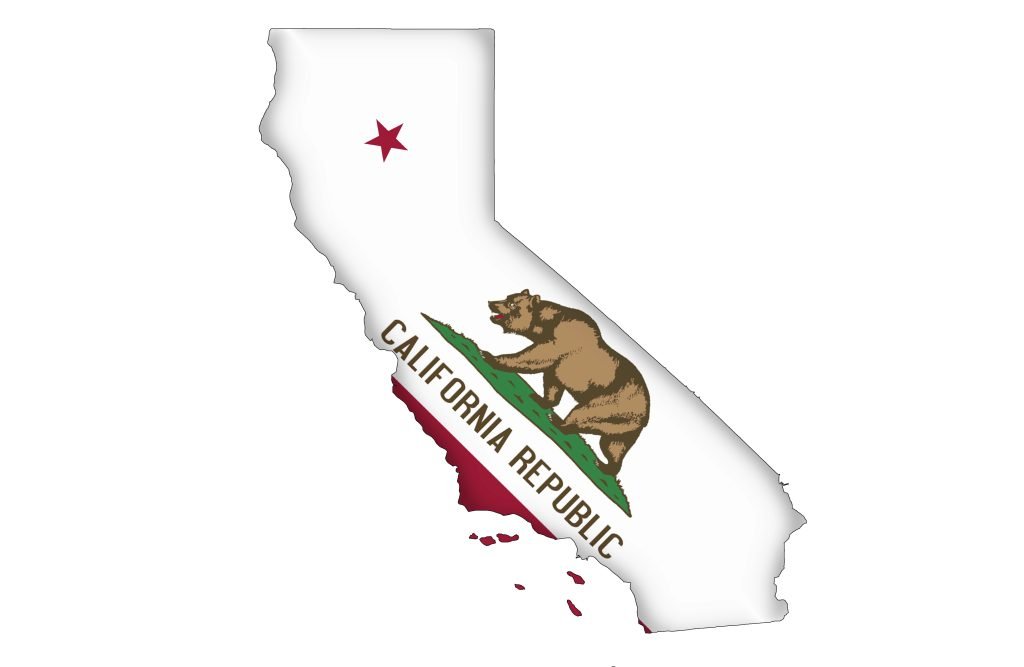July 22, 2010
Krakow, Poland
If you pay attention to currencies much, you’ve probably been following the euro closely over the last few months. The euro hit its 24-month high in US dollar terms on November 30, 2009, right around $1.50. It’s been on a steady slide ever since.
Earlier this year, serious concerns began surfacing about the balance sheets of many European governments. The “PIIGS” nations were all simply borrowing too much money; for many, it reached the point where they had to borrow just to pay interest on what they had already borrowed.
Needless to say, this model is completely unsustainable. Investors’ concerns were justified, and the euro absolutely cratered. It reached a low in May that had not been seen since 2006.
Over the last six weeks, though, something interesting has happened. The euro has come off of its lows, surging as much as 9%. This is a huge move for any currency, especially one that commands a 30% share of global reserves.
Some level of retracement was to be expected; nothing moves up or down in a straight line forever. To me, the best indicator is simply watching a bit of Bloomberg or CNBC. When all the guests who come on the show talk about euro/dollar parity, it’s time to exit the short position.
What’s been so strange, though, is the reasoning behind the euro’s recent strength. Spain, Portugal, and Greece have all held a series of bond auctions over the last several weeks, each of which was oversubscribed.
In other words, the Greek government found more than enough people to buy yet another 1.6 billion euro (roughly $2 billion) worth of fresh debt in a recent issuance. Markets cheered this optimism, and the euro surged.
Wait a minute. Full stop.
The eurozone has been in a crisis for months because Spain, Greece, etc. had unsustainable levels of debt. Now they’ve all held bond auctions and taken on even more debt… and everyone is happy about this?
Something is definitely wrong with this picture.
Greece’s ability to indebt itself even further is nothing to cheer about, plain and simple. This crisis was set off by too much debt, and increasing those nations’ debt levels should make the crisis worse, not better.
This utter lunacy suggests to me that we are experiencing the early stages of the “race to the bottom.”
The world’s three major open economies– the EU, US, and Japan– are all in major debt trouble, and trillions of dollars of institutional funds are sloshing around the system trying to figure out which one is the ‘least bad.’
For a while, everyone was avoiding Europe like the plague. Now it seems that the market is more concerned about the deteriorating balance sheet of the United States.
I think we’re going to see this game of financial hot potato play out for the next several years. Trillions of dollars of institutional funds will flow in and out of the major currencies, perpetually swapping one for another in search of safety and a reasonable store of value.
The euro will likely be the first of the three majors to fail; this is because none of the sovereign nations in the eurozone can print money– only the European Central Bank has this power.
In America and Japan, the governments can simply conjure more money out of this air. As ridiculous as it seems, this gives institutional investors a bit more confidence. They might not generate an inflation-adjusted return, but at least they don’t have to worry about an outright default… or so they think.
In the long run, smaller currencies like the Australian dollar, Norwegian krone, Canadian dollar, etc. will begin commanding a larger share of global reserves.
The final nail in the coffin, though, will come when a viable alternative to the major currencies emerges. There needs to be a safe home for the trillions of dollars worth of global capital out there… if not the US dollar, Japanese yen, or euro, then where?
China’s renminbi may be the most reasonable alternative in the future, but its economy will not be large enough for another several years. Not to mention, China’s exchange controls need to be dropped altogether before the renminbi could even be seriously considered as a reserve currency.
This will happen in slow, baby steps… assuming silly distractions like global warfare don’t get in the way first.
Meanwhile, be mindful in which currency you’re parking your long-term savings, especially if it isn’t actively invested in meaningful assets. You should be comfortable that your savings instrument is a reasonable store of value… if not, consider alternatives.
You know the argument for gold and silver, so I won’t get into that today. As another option, though, consider offshore real estate, and arable land in particular.
This may be one of the best stores of value you could buy… after all, it’s tough to go wrong when you can pick up great farmland in South America for less than $25 per acre that actually has agricultural yield.
More on this in future letters.







